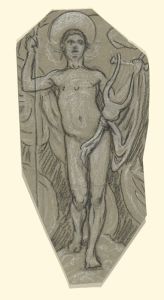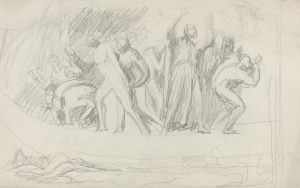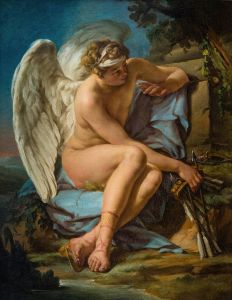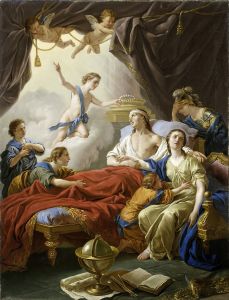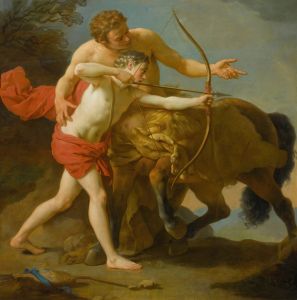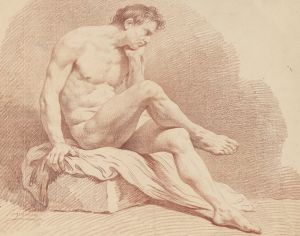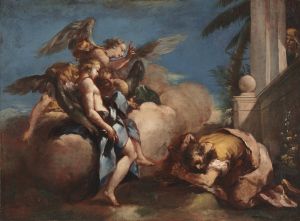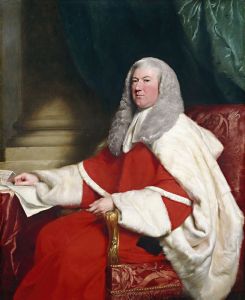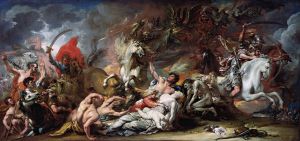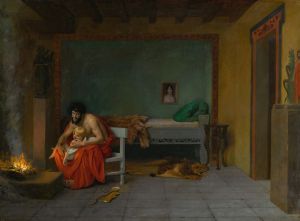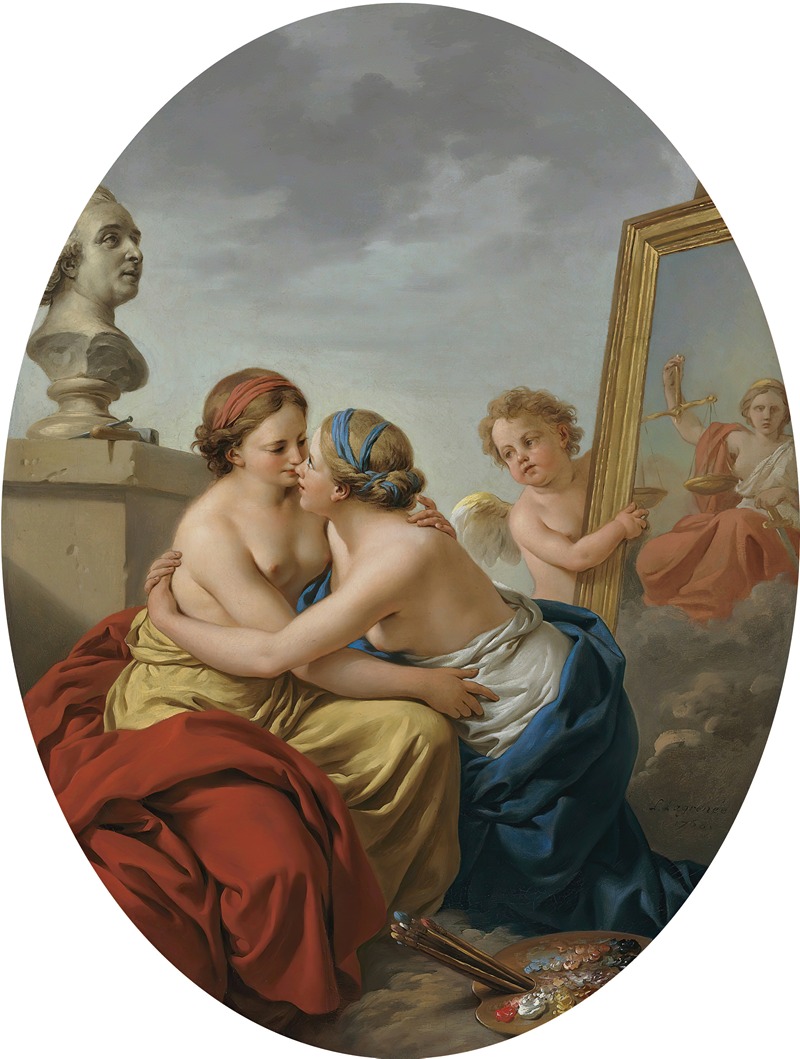
The union of painting and sculpture
A hand-painted replica of Louis-Jean-François Lagrenée’s masterpiece The union of painting and sculpture, meticulously crafted by professional artists to capture the true essence of the original. Each piece is created with museum-quality canvas and rare mineral pigments, carefully painted by experienced artists with delicate brushstrokes and rich, layered colors to perfectly recreate the texture of the original artwork. Unlike machine-printed reproductions, this hand-painted version brings the painting to life, infused with the artist’s emotions and skill in every stroke. Whether for personal collection or home decoration, it instantly elevates the artistic atmosphere of any space.
Louis-Jean-François Lagrenée's painting The Union of Painting and Sculpture is a notable work by the French artist, who was active during the 18th century. Lagrenée, born in Paris in 1724, was a prominent painter of the Rococo period and later transitioned into Neoclassicism. He was known for his allegorical and mythological subjects, often executed with refined elegance and a focus on harmonious composition.
The Union of Painting and Sculpture is an allegorical representation that reflects the intellectual and artistic ideals of its time. The painting depicts the symbolic relationship between the two art forms, painting and sculpture, which were often considered complementary disciplines in the hierarchy of the arts. In the work, Lagrenée personifies these two forms as classical figures, emphasizing their unity and mutual inspiration. Such allegorical themes were common in the 18th century, as they celebrated the interconnectedness of different artistic practices and their shared goal of achieving beauty and truth.
Lagrenée's style in this painting demonstrates his mastery of delicate brushwork, soft color palettes, and balanced compositions. His training at the Académie Royale de Peinture et de Sculpture, where he later became a professor, greatly influenced his approach to art. The Académie emphasized the importance of allegory and classical ideals, which are evident in this work. The painting likely served as a visual testament to the intellectual and cultural values of the Enlightenment, a period that sought to elevate the arts and sciences as essential components of human progress.
The exact date of the painting's creation is not definitively documented, but it is consistent with Lagrenée's mature period, during which he produced many works with allegorical and mythological themes. The painting is an example of the Rococo's transition into Neoclassicism, blending the former's decorative elegance with the latter's emphasis on clarity and order.
Today, The Union of Painting and Sculpture is recognized as an important piece within Lagrenée's oeuvre, though it is not as widely known as some of his other works. It serves as a reflection of the artistic and cultural ideals of 18th-century France, showcasing Lagrenée's skill and his ability to convey complex allegorical themes through his art.
Further details about the painting's provenance, current location, or specific commission history are not readily available in existing records.





